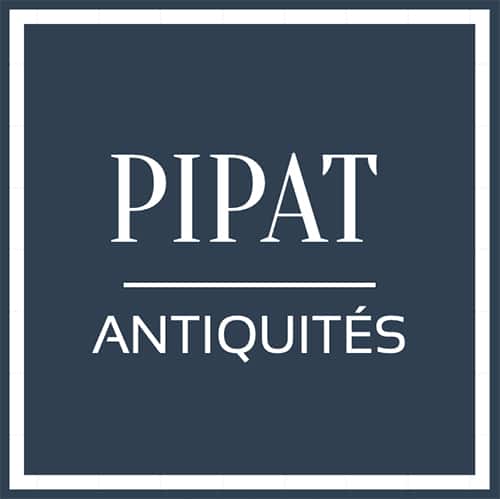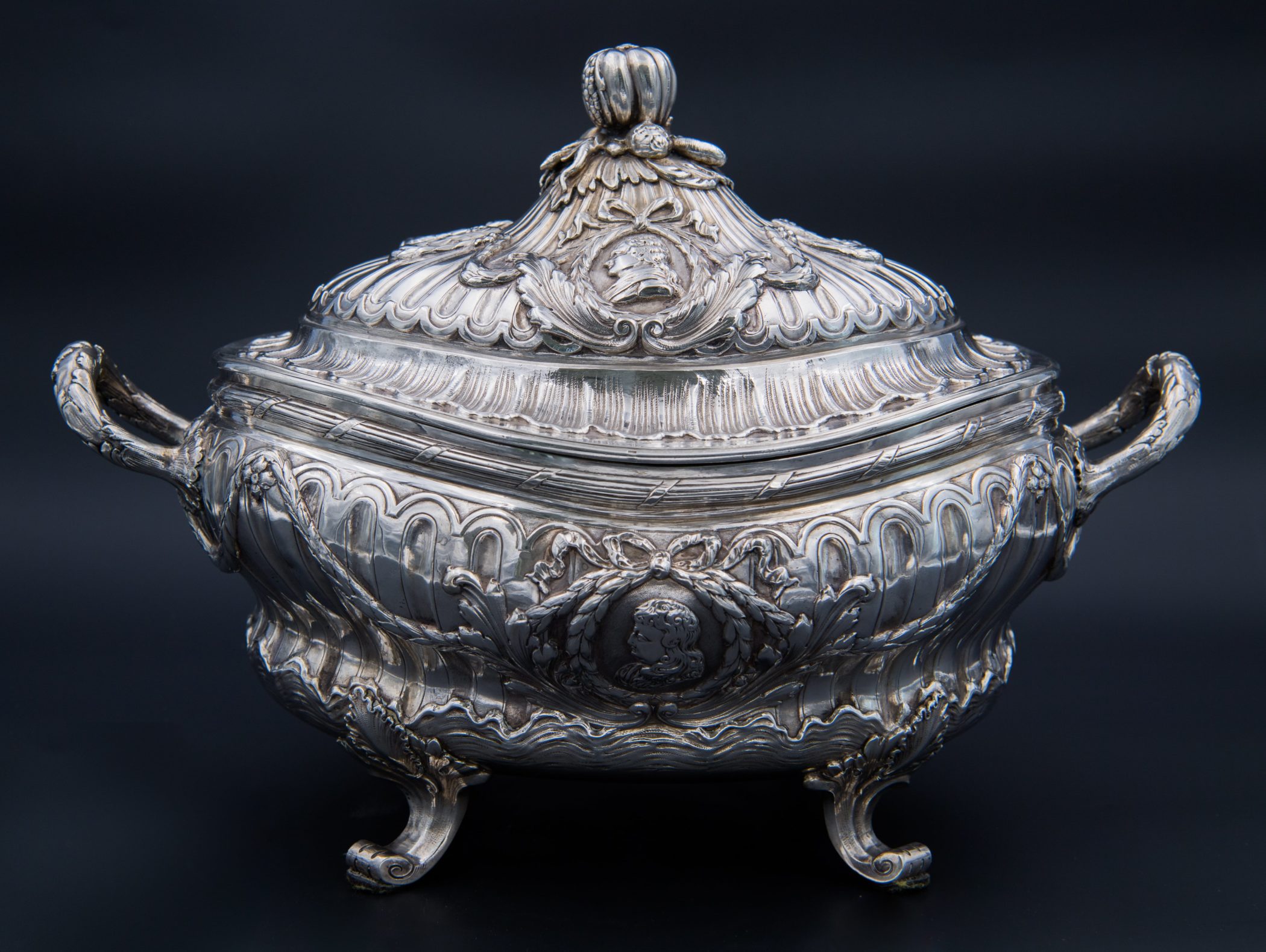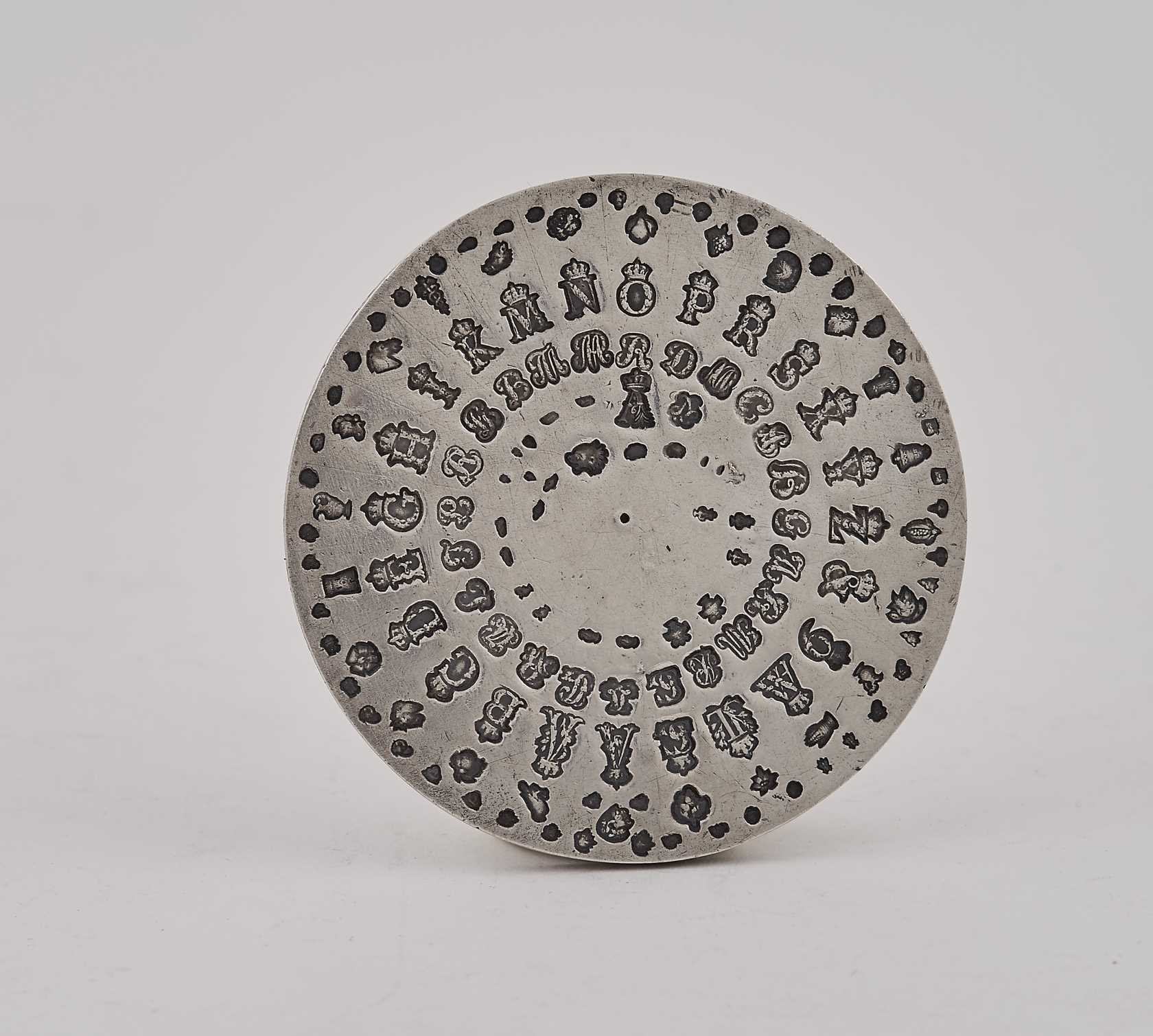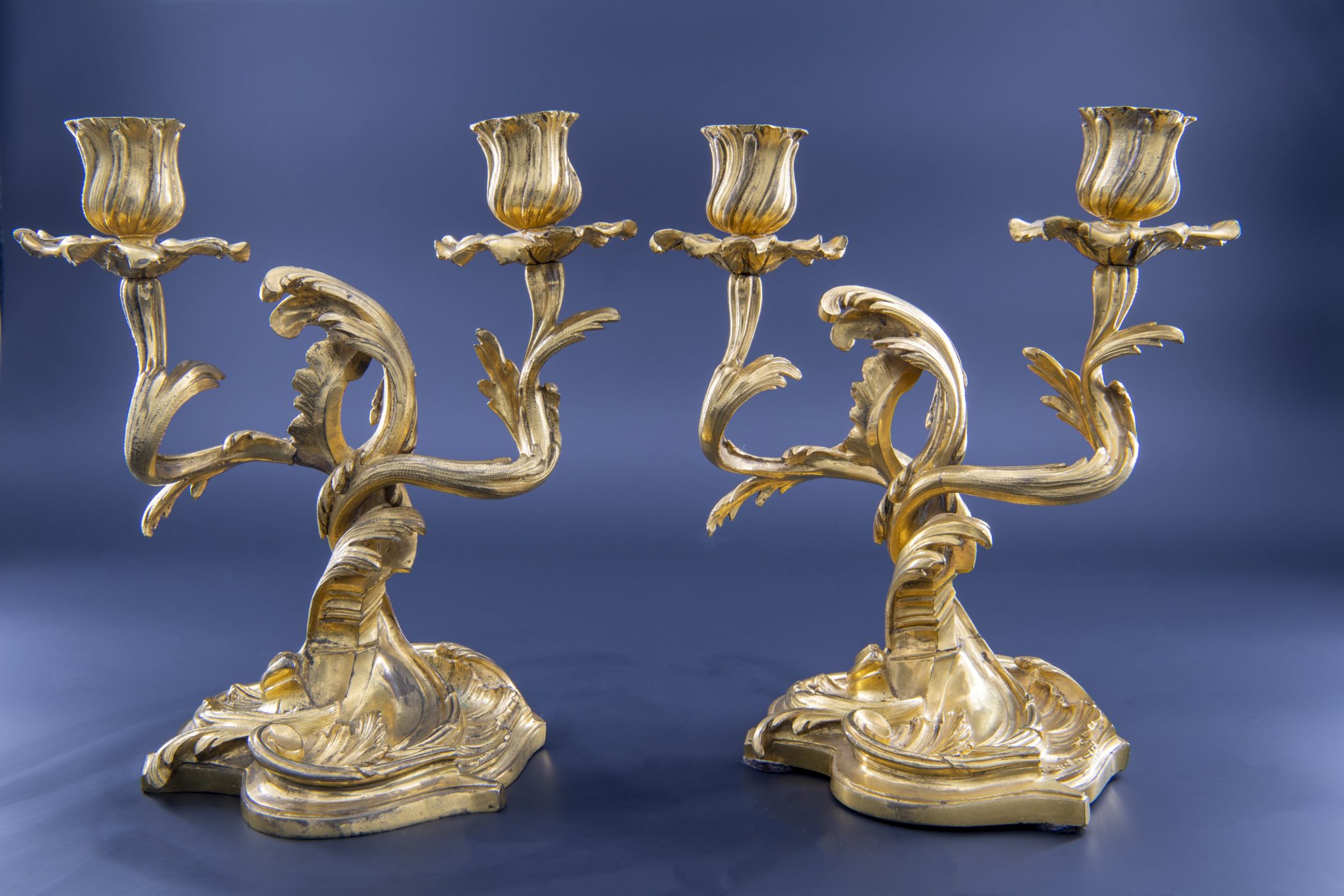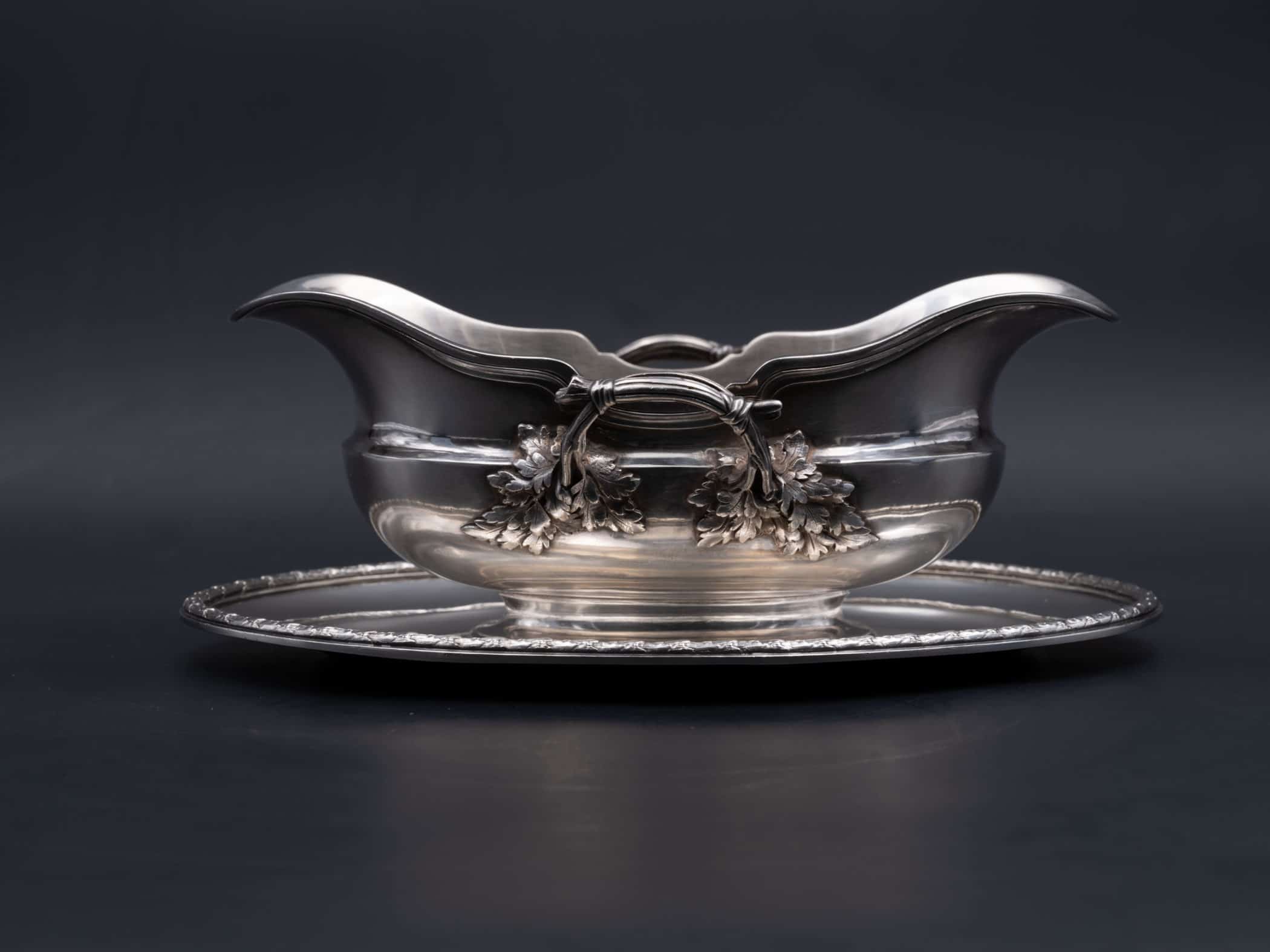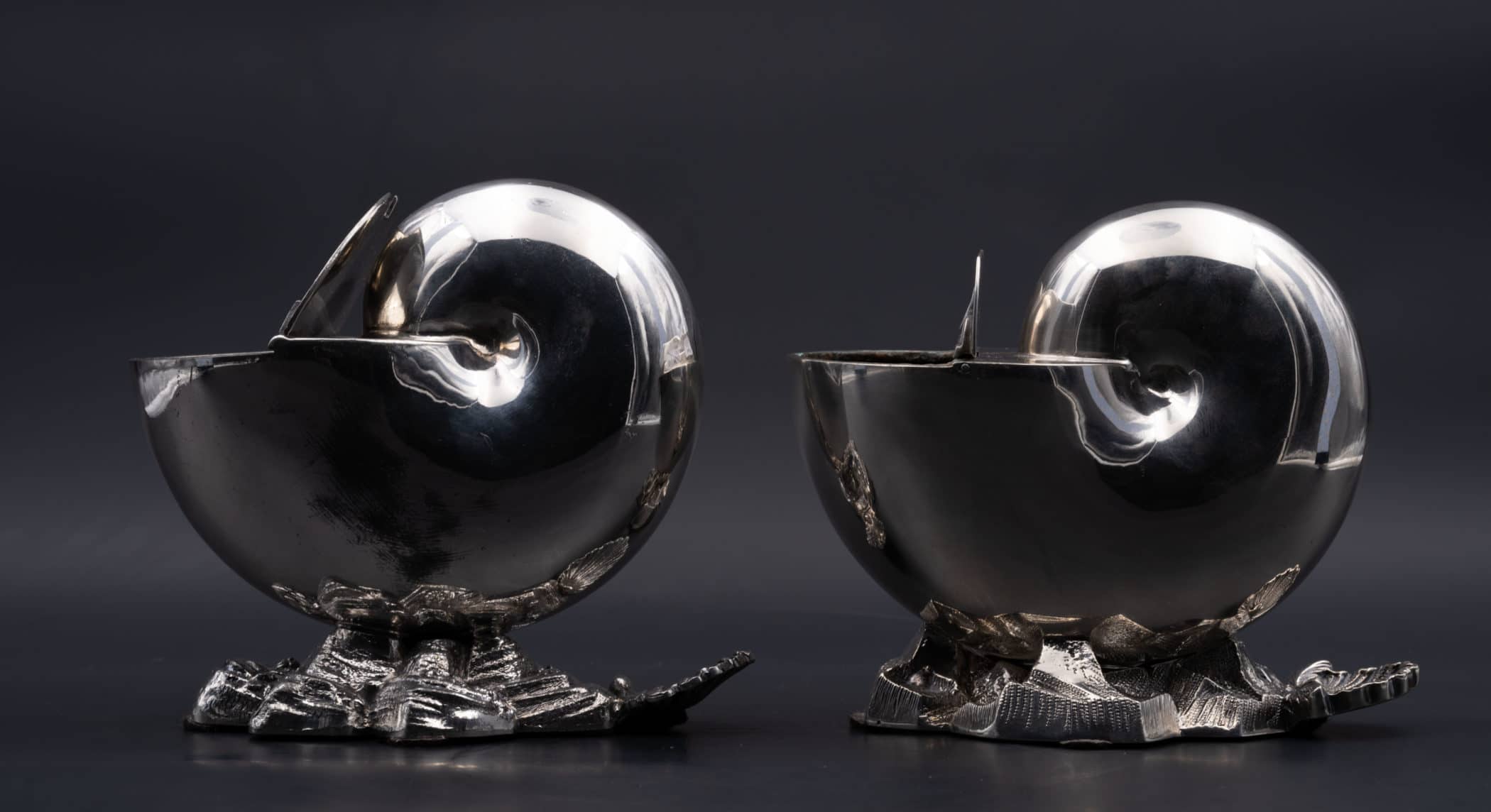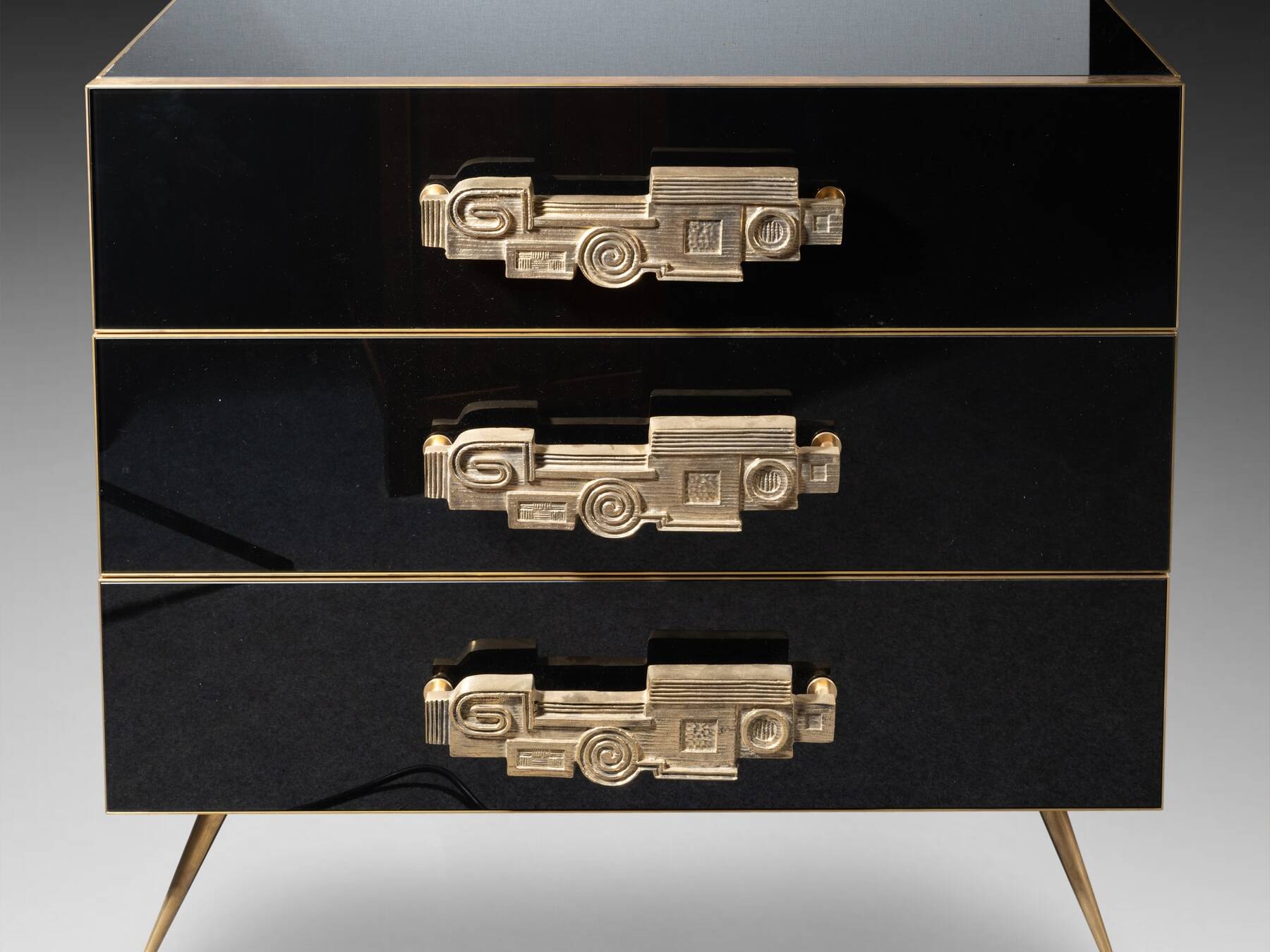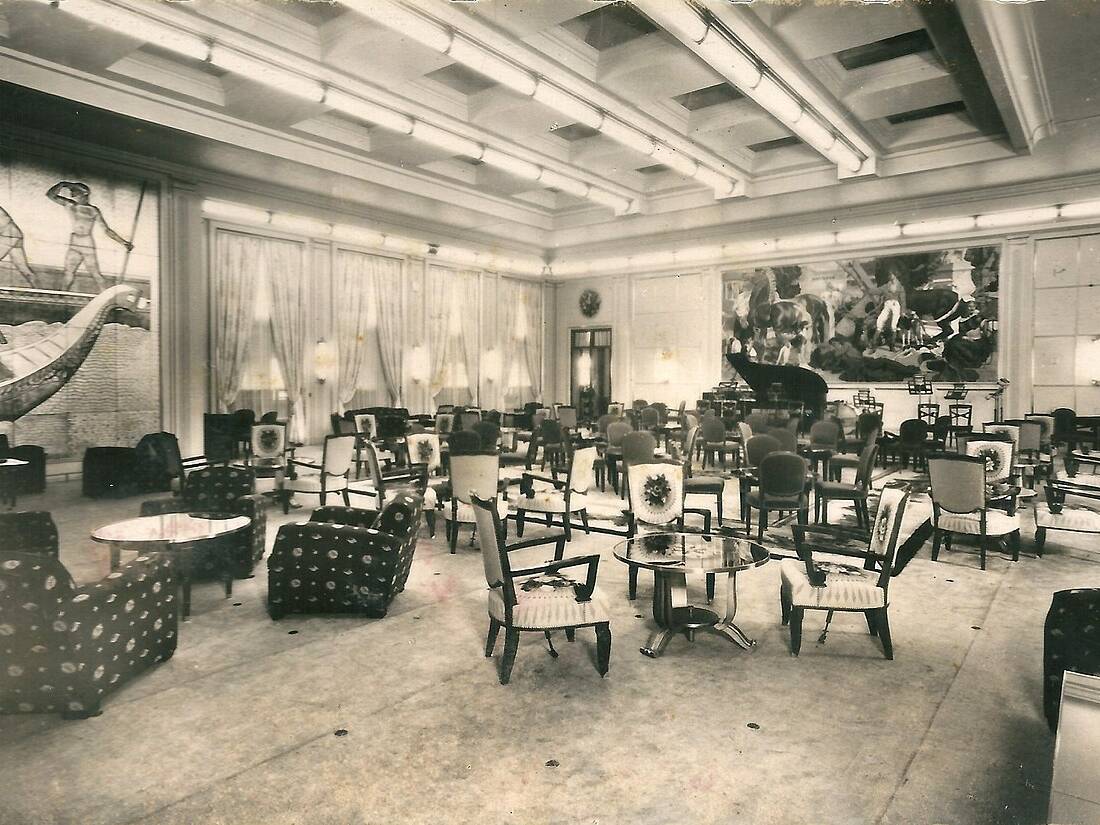Hallmarks of the Ancien Régime: Complex but Precise
It is too often forgotten that silverware was, until the end of the 18th century, monetary reserves. Let us remember Louis XIV who had all the pieces of his sublime silver furniture melted down to finance his wars! Throne, torches, cassolettes and vases, everything was melted in 1689. This has been the case since the 13th century. Anyone wishing to obtain cash in exchange for their silverware only had to go to the Mint, which then exchanged the weight of fine metal contained in the coin brought to it for cash. However, disputes did not take long to arise because the goldsmiths made their own alloys and not all of them were of the best probity. Thus, some customers were unpleasantly surprised to discover that a silver artpiece paid very costly for its weight in precious metal was not, according to the Mint, as rich as the silversmith had claimed at the time of the sale!
It was therefore necessary to develop a system to limit fraud and make craftsmen accountable. This is how the hallmarks appeared, as early as 1272.
Hallmarks evolved and are still evolving. While there was only one hallmark in the 13th century (that of the Maison Commune, i.e. the municipal power), two were needed in 1378 (that of the Maison Commune in the form of a crowned date letter called the “jurande hallmark” and that of the silversmith). Thus for the year 1603, the hallmark of jurande of the city of Paris is a crowned F.
Starting in 1672, Colbert (1619 – 1683) reformed the existing system to impose a four-hallmarks system; a system that remained in force until 1790. For each gold, silver or vermeil (gilded silver) coin, the following hallmarks, whose size and design vary according to the work, must be affixed:
- The master punch is stamped by the craftsman on the blank of the piece. It includes his initials with his personal emblem and sometimes that of his city.
- Hallmark of charge is applied by the General Farm (which takes care of the receipts of indirect taxes), its aspect changes every two or three years.
- The hallmark of jurande (of the common house) was applied by the guard-jurors of the guild. The hallmark took the form of a letter changing alphabetically every year.
- The discharge hallmark was affixed by the Ferme générale once the piece was completed and after payment of the tax. It takes the shape of a small animal.
Sometimes some parts are not marked with the hallmarks of the General Farm. This can be explained by the fraud of a few reckless silversmiths wishing not to pay tax. Nevertheless, the practice was risky and the fraudster would face heavy penalties.
It should also be noted that these four hallmarks had to be affixed to all parts of the object, including its moving parts such as the lid. However, some jurisdictions “forgot” this obligation, which was well respected in Paris. This does not, however, devalue the part concerned.
A few quirks do appear sometimes. The crowned C hallmark on the gilded bronze works is an example of this. A guarantee for collectors of a quality piece, this hallmark can be read like the reward for quality work. It seems that this rare hallmark has only been insulted on the most refined bronzes. This tax hallmark created under Louis XV (1710 – 1774) therefore crowns the coins which are stamped with an artistic recognition but also guarantees the rarity and quality of these works.
Hallmarks after the French Revolution: Vieillard, Coqs and Minerve
At the end of the 18th century, the Revolution did not only upset the political life of the Kingdom of France. It is a whole society that is profoundly disrupted in its social and economic organization. The hallmark system was abolished, but a new one would have to be established a few years later to prevent fraud and counterfeiting. In 1797, this new system was introduced and proved to be simpler than the previous one.
Three hallmarks are now affixed to silver and silverware:
- The master punch in a diamond shape (or in an oval if the part is imported)
- The guarantee hallmark
- The title hallmark: it indicates the ratio of the mass of precious metal to the total mass of the alloy that it composes.
From 1797 to 1809:
- The guarantee hallmark is an old man’s head from the front in a circle for the first title and a lictor’s bundle for the second title. The old man’s head is accompanied by numbers corresponding to the department in which the piece was produced.
- The title punch is represented by a rooster in a frame with cut-off sides, its head is turned to the left. It is accompanied by the number 1 (1st title, 950th thousandths) or the number 2 (2nd title, 800th thousandths). These hallmarks are valid for Paris and the province.
From 1809 to 1819:
- The guarantee hallmark is a profile of a warrior in a circle; in Paris for the first title he looks to the right, for the second title he looks to the left. In the provinces the first title is a portrait of an old man looking to the left; the second title is a helmet man looking to the right.
- The title hallmark remains the rooster but in a frame with cut-off sides for the two titles in Paris but only for the second title in the provinces because the first title here is a rooster in an oval.
From 1819 to 1838:
- The guarantee hallmark is a Gorgon head in profile for the first title, from the front for the second title.
- The title hallmarks are old man profiles for Paris and the province; turned to the right (first title) and to the left (second title).
From 1838 onwards, the system became even simpler: the first title throughout France is inscribed in the form of a Minerva’s head in an octagonal frame, while a slightly oval frame is used to identify works with a second title.
Finally, since 1973, Minerve’s profile has been accompanied by a letter of the alphabet that changes every ten years.
Also note, the vermeil (gilded silver) being composed mainly of silver, it bears the hallmarks of this metal; it is also obligatorily marked with the letter V in a diamond. Plated metals have their hallmarks inscribed in squares or rectangles with sharp, right-angled corners, while the swan hallmark designates a silver coin of foreign or uncertain origin.
In the same way that the hallmarks are perfectly defined and referenced for silver, there are also hallmarks for gold and platinum. Naturally, these precious metals are less used in the decorative arts, but are used more in jewellery. Experts and antique dealers in both fields are at your disposal and will always be happy to provide you with information. A good reason to go and meet them…
Marielle Brie
Art Historian for Art Market and Cultural Media
Author of the blog Objets d’Art et d’Histoire
Autres ressources et documentations
28 June 2025
Plaster Sculptures, Plaster Casts
For a long time, plaster casts suffered from a poor reputation. Often regarded as crude replicas, and sometimes even dismissed as inexpensive imitations, they nonetheless had…
17 April 2025
The Middle-Ages Furniture
Rare and highly sought-after, Middle-Ages furniture is making a strong comeback. An overview of this market, where enlisting the guidance of a professional is strongly advisable.
18 March 2025
Murano Glass Furniture
Since the beginning of the 20th century, Murano glassmakers have been exploring new horizons. After classic lighting and decorative art, Murano glass is now used to adorn…
16 December 2024
A bronze triton after the sculptures of François Girardon (1628 – 1715) in Versailles
This fountain element is all the more admirable as it is sculpted after the masterpieces of the Pyramid Basin, on the parterre of the North Wing of the Versailles gardens.
18 November 2024
Tyco Bookcase, by Manfredo Massironi, for Nikol International
A pure creation of optical art research in the 1960s, the Tyco library shelf designed by Manfredo Massironi invites the viewer to bring the work of art to life on a daily basis.
3 August 2024
The Ocean Liner Style
In the 20th century, the immense ocean liners connecting the Old Continent and the New World were ambassadors of tastes and innovations on both sides of the Atlantic.
